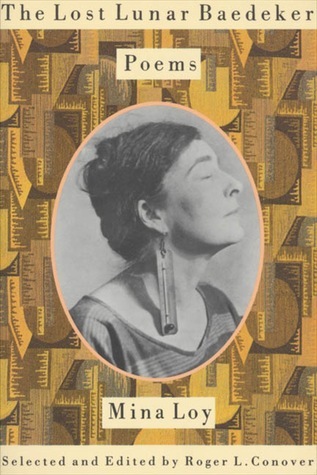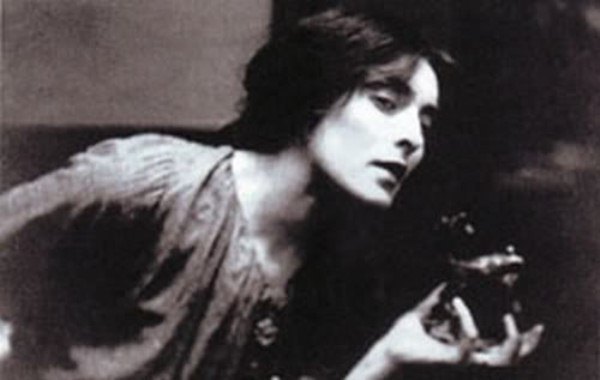
Mina Loy has been perplexingly absent from British literary history. In America she has been posthumously launched as the electric-age Blake, she has been translated into French and Italian to great acclaim, and in the Times Literary Supplement Thom Gunn compared her to the great Augustan satirists. Her reclamation as an English poet is long overdue. Pound, Moore and Williams valued her work, while British critics openly scorned it. Not only were her futurist techniques unlike anything they had encountered before, but her subjects—procreation, parturition, prostitution, suicide, addiction, retardation—were considered shocking even by some modernists. She vanished from the literary scene just as dramatically as she had arrived on it, and for much of the century her bold experiments remained a well-kept secret. Carcanet first introduced her work to British readers in 1985 in Roger Conover's The Last Lunar Baedeker, a collected writings. This new edition updates our earlier volume and presents more reliable texts of the essential Loy poems. It includes more extensive notes and apparatus, and features a number of previously unknown works rescued from Dada archives and obscure avant-garde little magazines. All of Loy's canonical Futurist and feminist satires are included, as are the celebrated poems from her Paris and New York periods, the complete cycle of `Love Songs', and her famous portraits-in-verse which define the trajectory of her favoured company and geography—from fellow modernists Joyce and Brancusi in Paris in the 1920s to fellow destitutes in New York's Lower East Side in the 1940s.
Author

Loy was born Mina Gertrude Lowy in London, England. On leaving school, she studied painting, first in Munich for two years and then in London, where one of her teachers was Augustus John. She moved to Paris, France with Stephen Haweis who studied with her at the Académie Colarossi. The couple married in 1903. She first used the name Loy in 1904, when she exhibited six watercolor paintings at the Salon d'Automne in Paris. Loy soon became a regular in the artistic community at Gertrude Stein's salon, where she met many of the leading avant garde artists and writers of the day. She and Stein were to remain lifelong friends. In 1907, Loy and Haweis moved to Florence, Italy where they lived more or less separate lives, becoming estranged. Loy mixed with the expatriate community and the Futurists, having a sexual relationship with their leader Filippo Marinetti. At this time, she began what would be later known as "Songs to Joannes" [1]", a tour de force of modernist, avant-garde love poetry about Giovanni Papini, another Futurist with whom Loy had an unsuccessful relationship in Florence. She also started to publish her poems in New York magazines, such as Camera Work, Trend, and Rogue. She was a key figure in the group that formed around Others magazine, which also included Man Ray, William Carlos Williams and Marianne Moore. She also became a Christian Scientist during this time.